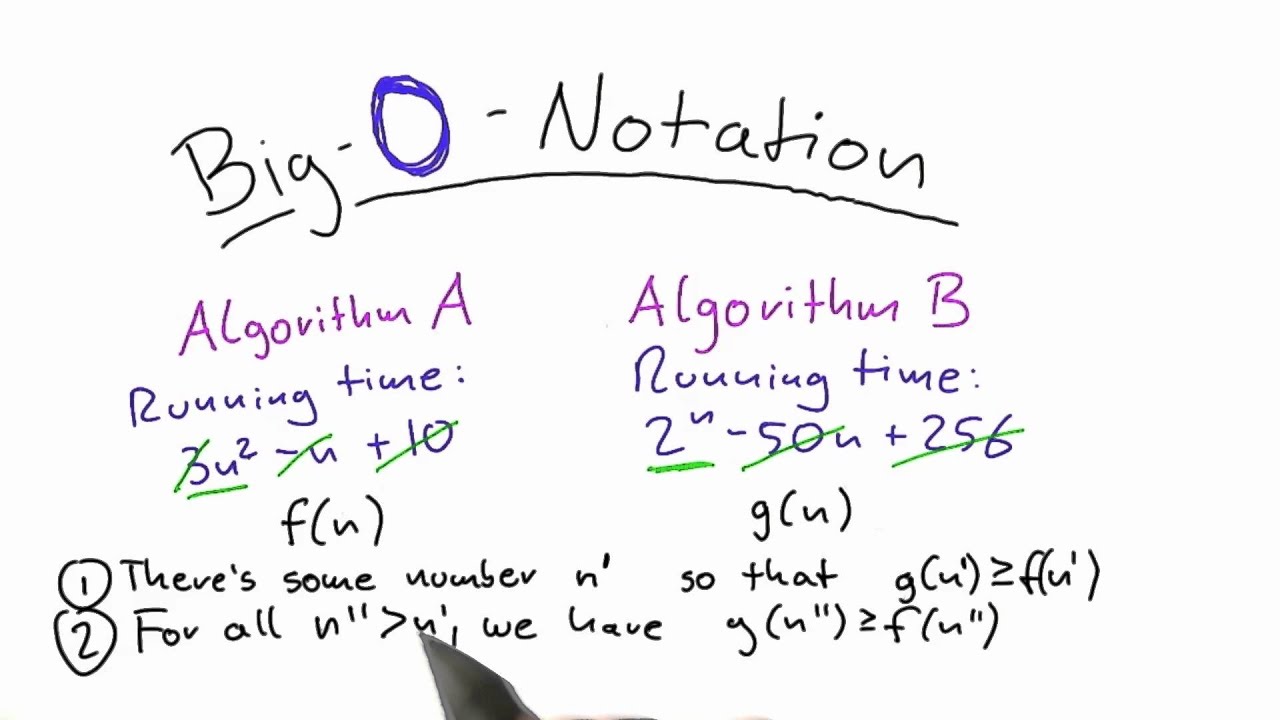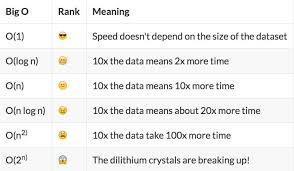10 JUN, 2020 – 04:06
Roselyne Sachiti
Fearures, Health and Society Editor
The World Health Organisation (WHO) has published an updated guidance on the use of face masks for control of COVID-19.

In his opening remarks at a media briefing on Covid- 19 last Friday, WHO Director-General Dr Tedros Adhanom Ghebreyesus said the guidance is based on evolving evidence, and provides updated advice on who should wear a mask, when it should be worn and what it should be made of.
He said WHO has developed this guidance through a careful review of all available evidence, and extensive consultation with international experts and civil society groups.
“I wish to be very clear that the guidance we are publishing today is an update of what we have been saying for months: that masks should only ever be used as part of a comprehensive strategy in the fight against COVID.
“Masks on their own will not protect you from COVID-19,” he emphasised.
He said the updated guidance contains new information on the composition of fabric masks, based on academic research requested by WHO.
“Based on this new research, WHO advises that fabric masks should consist of at least three layers of different material. Details of which materials we recommend for each layer are in the guidelines.”
According to the latest guidelines, cloth masks should consist of at least three layers of different materials: an inner layer being an absorbent material like cotton, a middle layer of non-woven materials such as polypropylene (for the filter) and an outer layer, which is a non- absorbent material such as a polyester or a polyester blend.
“Fabric cloths (e.g., nylon blends and 100 percent polyester) when folded into two layers, provides 2-5 times increased filtration efficiency compared to a single layer of the same cloth, and filtration efficiency increases 2-7 times if it is folded into 4 layers. Masks made of cotton handkerchiefs alone should consist of at least 4 layers, but have achieved only 13 percent filtration efficiency. Very porous materials, such as gauze, even with multiple layers will not provide sufficient


































